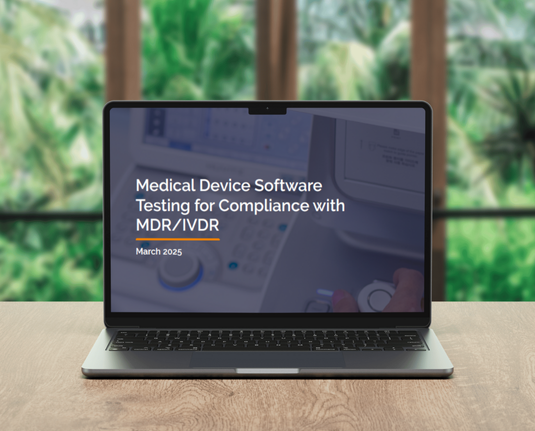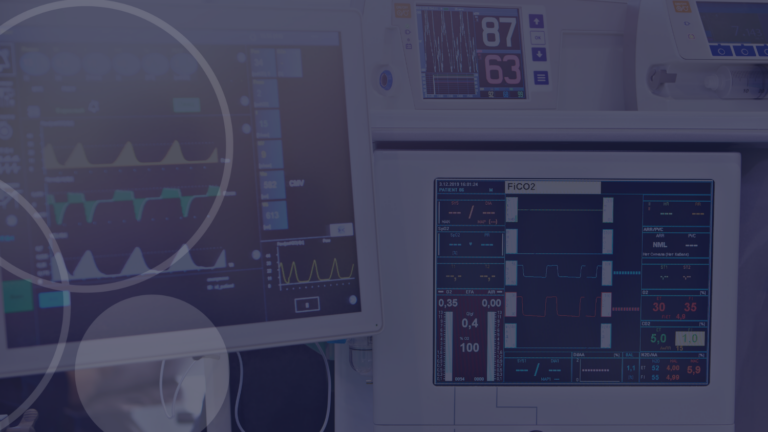Ensuring software functions correctly and safely is critical, as failures can lead to severe health complications or even fatalities
About this Guide
As digital innovations transform the MedTech industry, the importance of safe, reliable, and compliant software becomes paramount. This guide explores the critical steps for testing medical device software to meet the stringent requirements of the Medical Device Regulation (MDR) and In Vitro Diagnostic Regulation (IVDR).
Whether your software is embedded in a medical device (SiMD) or qualifies as standalone (SaMD), this guide will help you navigate:
- Key regulatory standards – including IEC 62304, ISO 13485, and ISO 14971
- The medical device software testing life cycle – from requirement analysis to test closure
- Different types of testing – unit, integration, system, safety, performance, and regression
- The role of verification vs. validation in achieving compliance
- The V-Model methodology – a structured approach enhancing traceability and quality
Who is this guide for?
This resource is ideal for:
- Medical device manufacturers and software developers
- Regulatory and quality assurance professionals
- R&D teams needing to integrate testing best practices
- Startups and established firms preparing for EU MDR/IVDR audits
Why read it?
Learn how to align your software development with compliance expectations, avoid costly delays, and protect patients through structured, risk-based testing.
Download now to:
✔ Understand the full medical device software testing lifecycle
✔ Implement the V-Model approach for greater traceability
✔ Ensure your product meets EU compliance requirements
Need expert support?
Rephine’s MedTech consultants are ready to help you ensure your documentation is audit-ready and aligned with EU regulations.
Download the guide now










